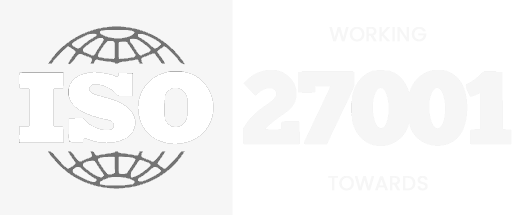The importance of cloud audits
In the shift from on-premises to the cloud, the significance of IT infrastructure audits can often be overlooked due to the absence of physical equipment. This may lead to neglecting the critical role of monitoring and maintenance. Yet, assessing the operational, financial, and security performance of technology has never been more vital. As cloud environments continue to expand rapidly, IT leaders may find themselves unsure about what to focus on.
The cloud era brings a variety of benefits, such as scalability, flexibility, and enhanced performance, but it also introduces a dynamic and constantly evolving landscape. Auditing the IT estate in this complex environment can be overwhelming.
Today, cloud solutions require a renewed commitment to security integrated into the company’s culture and operations. It involves shared responsibilities, addressing growing threats, and following stringent requirements throughout the scaling process.
Here are seven tips to get in control…
Evaluate your existing infrastructure
There is often no need for a complete overhaul. By assessing your organisation’s current architecture, network configuration, storage systems, VMs, and understanding the structure and interdependencies of your tech stack, you can find areas for improvement. This may involve finding vulnerabilities, ensuring compliance with industry standards, or finding redundant elements that drain your budget unnecessarily.
Prioritise security and compliance
In every monitoring and maintenance strategy, security and compliance should be top priorities. Evaluate the effectiveness of security measures such as firewalls, encryption, access management, and intrusion detection systems. Ensure compliance with industry standards and regulations. Address any security gaps promptly.
Review software licenses and subscriptions
Take stock of your software licenses and subscriptions. Are you paying for more than you need? Auditing and managing licenses not only improve compliance and security but also cuts unnecessary spending on third-party applications and operating systems.
Assess efficiency and scalability
Regularly evaluate the efficiency of your cloud infrastructure to support best operational performance. Monitor resource utilisation, application response times, to find potential performance issues. Ensuring your infrastructure can manage fluctuating workloads without compromising performance is essential.
Third-party vendors and service providers
Third-party vendors and service providers can be valuable assets, but they can also pose security risks. Establish a holistic security strategy for external partners. Review certifications, audit reports, data protection policies, SLA compliance, and incident response and disaster recovery capabilities.
Maximise endpoint security
With more flexible working models come more entry points to sensitive data and networks. Strengthen endpoint security measures, including robust authentication protocols, regular software updates, and real-time monitoring, to safeguard data and enhance the overall resilience and credibility of cloud-based operations.
Consistency is key
Cloud environments are dynamic, constantly evolving, and undergoing updates. Routine audits should be a part of an ongoing strategy, with the frequency tailored to your business’s size and complexity. Endpoint audits every three years, while physical infrastructure and security measures at least once every three months.
A comprehensive audit of the entire cloud environment should be annually to evaluate implemented changes, support compliance, and show current issues.
Collaborate with your Managed Service Provider (MSP) or auditor to address concerns and update documentation approximately twelve months later, ensuring the effectiveness of implemented changes and ongoing compliance.





